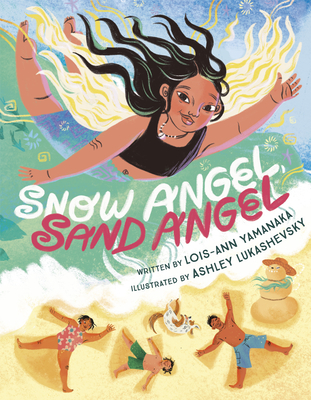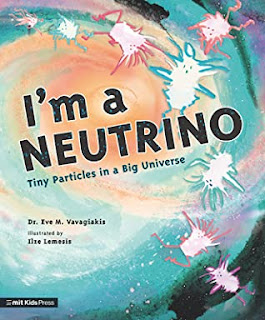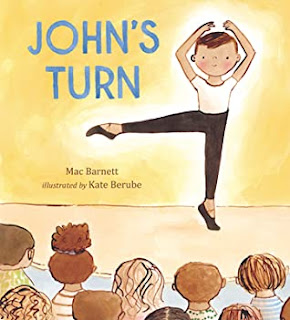Jen at
Teach Mentor Texts to see what they and others have been reading! Your TBR lists will grow!
Sorry that my post is so long, but I am sharing some lovely books and wanted to be sure you knew them!
 |
| My 3rd Must-Read book |
I want to be sure readers know that I would like to share every superlative for this book in order to be sure that you read it. Irene Latham and Charles Waters have done extensive research to offer an account that readers will not forget, will tell others about, and that we will realize, I hope, that Africans who were sold and taken across the ocean, while in horrific conditions, held strength I'm not sure can be imagined. This is the story about the last who were captured and taken across the water, against the law already passed that made it illegal. They gave comfort to their shipmates, even giving their one spoonful of water offered so that the one who needed it more, survived. This is the story, in verse, where Irene and Charles let those people tell their own story, the one that starts with meeting the African characters at home, the home in Africa. Most are just growing up, some starting their initiation into manhood, noting the smiles from beautiful young girls. Kossala, as all young men are, is impatient to be included into the orÒ, the highest level of his society, the Yorùbá, located in Benin, West Africa. Later, his continuing cheer gives hope to the others as they lay naked, hungry and thirsty on the bottom of a ship, wondering how they will make it, what will happen to them? And I will not forget the women, Abilè and Kêhounco, whose courage and friendship never wavered. In one terrifying moment, they even manage to make fun of one of the white men who captured them, dissolving into giggles.
In addition to Kossola, there are others to meet at the beginning of this story, then later as slaves in Alabama, and much later, free, smart, purchasing land and with their own, starting a town, now called Africatown. During that earliest time, there is one who pushes others to note the surroundings, take solace there. Kossola tells that Kupollee "again points to de sky. Its Blue/is now blanketed by fat, billowy clouds. Different again. My stomach settles/as I follow my friend/and press one foot in front of de other." In subtle, poetic ways, Irene and Charles show the care each offer to each other. They show the strength of a powerful people.
Readers also meet the captains of the ship, Clotilda, learn what that ship itself has to say, and later, read words from the white plantation owners. The story fills with tension, sorrow, hope and joy for all the years.
Added are sources, what's happening in Africatown today, parts about what happened to each character later, a timeline, and the poetry forms used for the characters. I continued to be struck by the emotion in the poems, what is revealed in continuing strength and determination to live. One quote from the barracoon where they are kept before being sold to the white men: "It's true de ocean doesn't/stop being the ocean, and even locked up,/we don't stop being people." An inspirational story, yet also endearing, as we meet these people who survived and created a village, a family of survivors. I won't forget this story.

One nice thing in life is when one realizes that where they live is rather a wonderful place. The grass is NOT always greener elsewhere. In Hawaii, Claire is learning about the seasons but is sad because she's never seen snow. Her father drives the family to the top of Mauna Kea, the tallest mountain in the world, to see snow! But it's crunchy, not like the feathery snow Claire has imagined. They do make a snowman, but it's a little chunky. Along the story, she and her brother, Timbo, imagine what they could do, yet it still isn't the same. A new way of thinking happens when they go to the beach, when Claire realizes her home is very nice after all. Lois-Ann Yamanaka, who lives in Hawaii, tells a great story that shows learning about other places is wonderful, yet may make one's own home even more special personally. With Ashley Lukashevsky's bright and colorful illustrations, it makes me want to live by the ocean while at the same time, I love my snowy Rocky Mountains. Both Lois-Ann and Ashley have notes at the back, with an added glossary of a few Hawaiian words. There is more information within the story, too.

First published from Tehran, Iran in 2017, now a First Elsewhere edition, distributed by Penguin Random House. It is indeed a "Meadow of Fantasies" showing a young girl "gazed at the meadow through the window of her fantasies". There are seven horses, each different, counting through their colors, their homes, but the seventh is always left out until the others share. It's an intriguing story, of diversity that shares with those who are in need. It's also interesting to read the author's, illustrator's, and translator's notes, having varied upbringings yet all express desires to create. I imagine lively conversations will come from reading this book together.
The wordplay in the story, told by this "boy", is what you might imagine a pet's words would sound like. With swirling color by Catiá Chen, Derick Wilder allows this dog to tell his story of what he and his 'foreverfriend' do when they are together. One quote: "Little gives me her tightest 'lovesqueeze'. I give her my wettest nosenuzzle." Be prepared for tears. I won't say more except that it's one book you must experience yourself and then decide if it's a good one to share with your children or your class. It is fabulous.


















